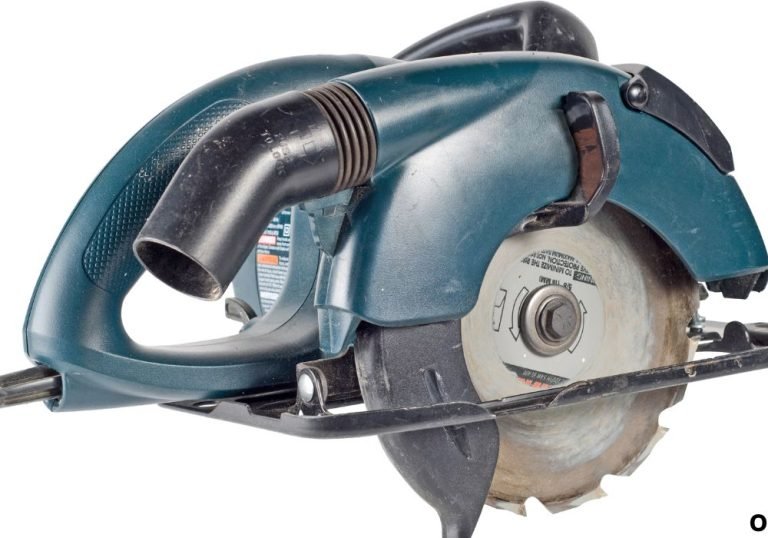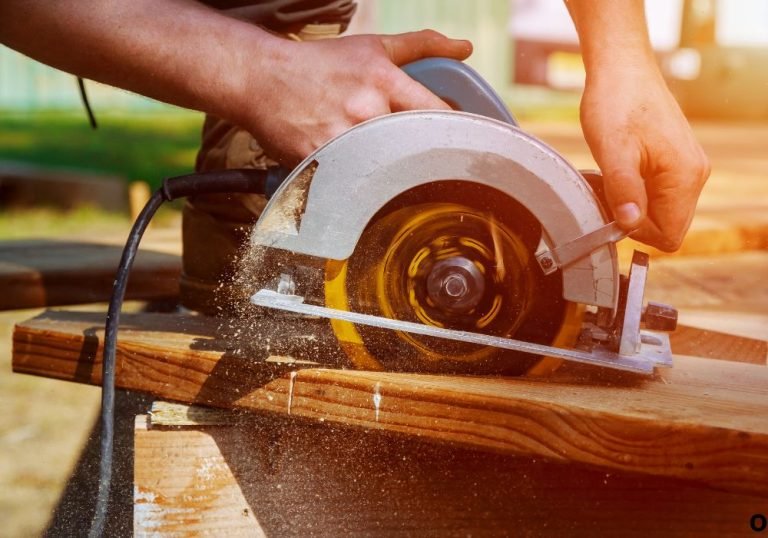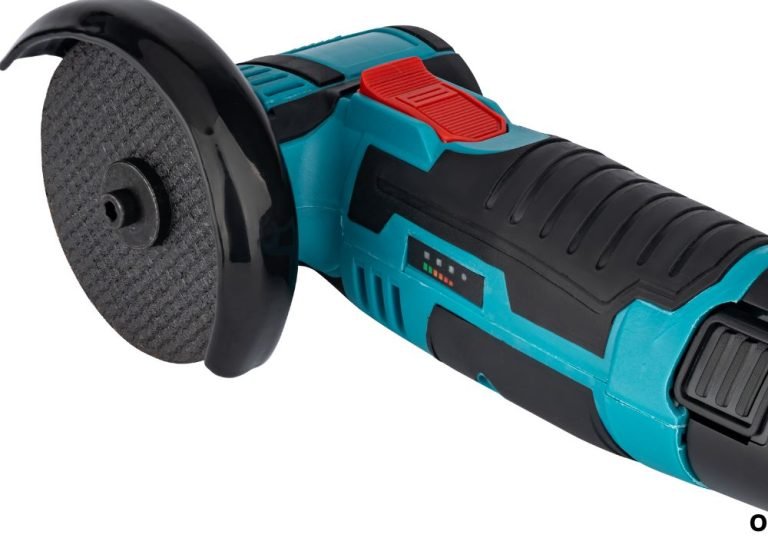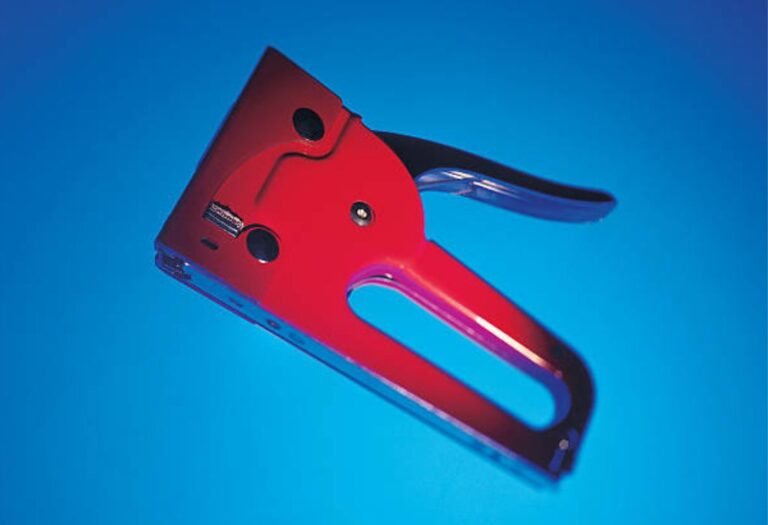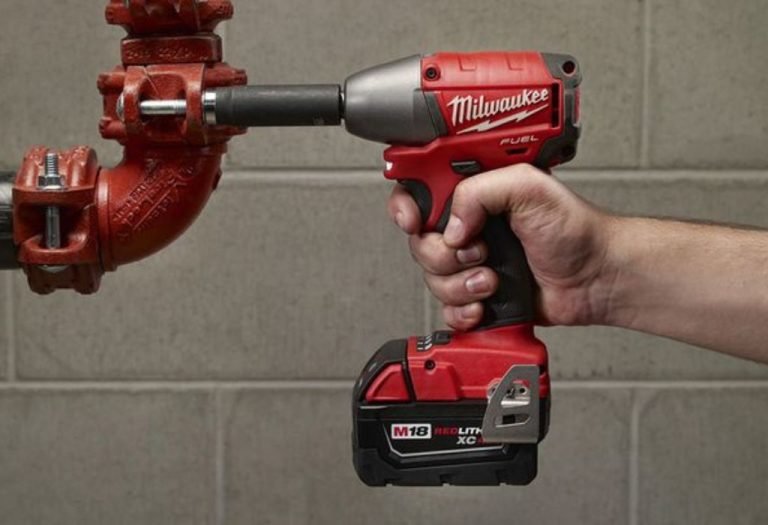Does a Stud Finder Work Through Tile? What You Must Know
Many homeowners face the challenge of wanting to securely mount a mirror, cabinet, or television on a tiled wall, yet they worry whether their stud finder will be able to detect the studs hidden behind such dense surfaces.
This concern arises because tile, especially porcelain, is harder and thicker than standard drywall, which makes it far more difficult for most stud finders to penetrate and provide accurate readings.
Attempting to drill blindly through tile without verifying stud positions can result in cracked tiles, damaged grout lines, and weakened wall structures that may cost hundreds of dollars to repair.
Ceramic tile is slightly easier to scan through, but even in those cases, the adhesive layers, cement board, and mortar add more resistance that reduces the reliability of standard stud finders.
According to HomeAdvisor, the average bathroom remodel in the United States costs over $10,000, meaning one drilling mistake can quickly become an expensive repair project.
Modern electronic stud finders claim to work on a variety of wall types, but their accuracy behind tile depends on features such as deep scan modes, proper calibration, and whether the backing surface is cement board or drywall.
Magnetic stud finders, while affordable, are highly unreliable for tiled walls because they only detect metal fasteners, which may not always be present in convenient locations and cannot always be reached through dense material.
This makes the choice of stud finder and scanning method critical, especially when securing heavy objects like shelves, towel bars, or televisions where a missed stud can compromise safety.
Understanding whether a stud finder works through tile requires examining how these tools function, the challenges posed by tile, and what alternative methods or advanced tools are available.
This complete guide will walk you through the limitations, practical solutions, safety tips, and the best stud finders in 2025 so you can drill through tile confidently and safely.
What Is a Stud Finder and How Does It Work?
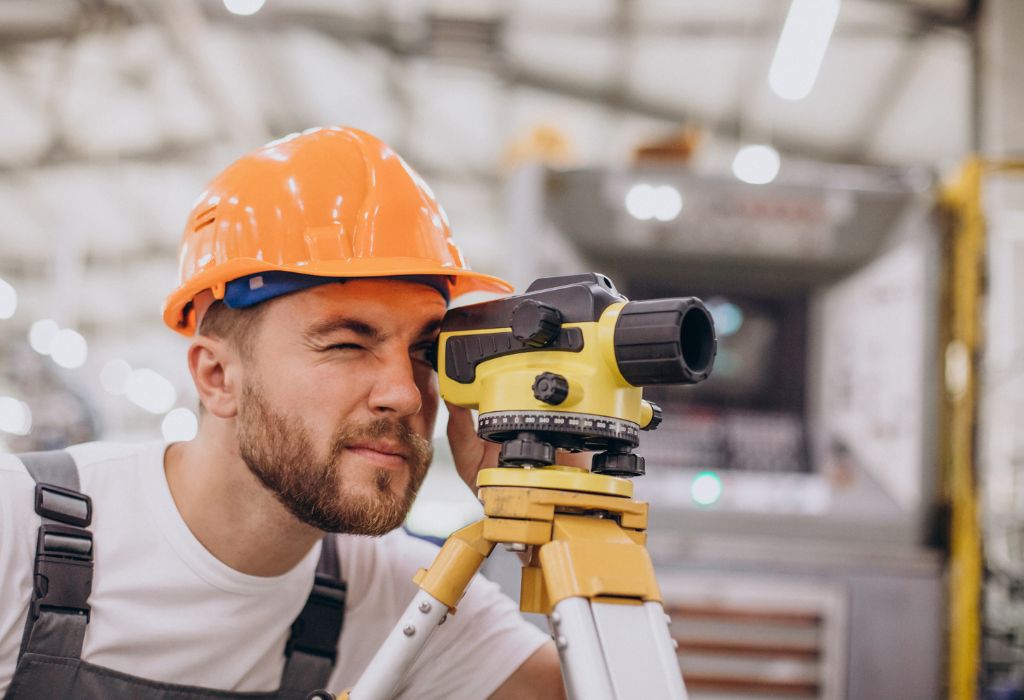
A stud finder is a handheld tool designed to help users locate the wooden framing studs that support drywall or other wall surfaces, ensuring that screws and anchors are installed in the strongest parts of the wall.
Magnetic stud finders detect the metal fasteners used in studs, while electronic stud finders use sensors to identify density changes within the wall to pinpoint stud locations.
Magnetic models are inexpensive and do not require batteries, but they only work when nails or screws happen to be located within the scanning area, which makes them less reliable in certain situations.
Electronic stud finders, on the other hand, provide more accurate results because they sense differences in wall composition, though their accuracy depends on surface thickness and calibration.
On drywall, electronic stud finders can achieve up to 90% accuracy, but performance drops significantly when used on harder, denser surfaces such as tile or plaster.
This makes it essential to understand how different stud finders work before attempting to use one on tiled walls.
What is a stud finder?
A tool that locates wall studs hidden behind wall coverings.
How do magnetic stud finders work?
They detect the presence of nails or screws within studs.
How do electronic stud finders work?
They sense density changes and detect studs electronically.
Are stud finders always accurate?
They are highly accurate on drywall but less so on tile.
Why use a stud finder behind tile?
To ensure secure installations without damaging the wall.
The Challenge of Using a Stud Finder Through Tile
Tile walls present significant obstacles to stud finders because the density of ceramic or porcelain tile reduces the sensitivity of most sensors.
Porcelain is particularly difficult because it is harder, thicker, and more resistant to penetration than ceramic.
Adhesives, mortar, or cement board used behind the tile add even more material for the stud finder to read through, further complicating the scanning process.
This makes stud detection less accurate and increases the chances of false readings.
Grout lines, uneven tile surfaces, and glossy finishes can also interfere with sensor consistency, creating misleading signals.
Even advanced models require proper calibration before scanning tile-covered walls, otherwise they produce inconsistent results.
For these reasons, while stud finders can work through tile, they are never 100% reliable and require patience, practice, and sometimes alternative methods for confirmation.
Homeowners need to approach tiled walls carefully to avoid costly mistakes.
Does a stud finder work through tile?
Yes, but accuracy is reduced compared to drywall.
Do thicker tiles cause more issues?
Yes, porcelain and stone tiles are harder to penetrate.
Does grout interfere with scanning?
It can, especially if the surface is uneven.
Can a magnetic stud finder work on tile?
Not reliably, since magnets cannot penetrate dense tile.
Do all stud finders perform the same on tile?
No, only advanced electronic models with deep scan are effective.
Magnetic vs Electronic Stud Finders on Tile
Magnetic stud finders are simple, affordable, and require no power, but they are generally ineffective for tile because they rely solely on detecting metallic fasteners.
Unless nails or screws are directly under the scan area, these models will not detect studs behind tile.
Electronic stud finders use sensors that detect wall density changes, making them much more effective on tile-covered walls.
They can also identify live wires and other hidden objects, reducing risks during drilling.
Models with LCD displays and audible alerts improve accuracy further, allowing users to interpret results more clearly.
However, their performance still depends on tile thickness, type of backing material, and proper calibration before use.
In professional construction, electronic stud finders are the tool of choice when working with tile, while magnetic models are used only for very basic tasks.
For homeowners, investing in electronic stud finders is strongly recommended when dealing with tiled walls.
Which type works better on tile?
Electronic stud finders perform more reliably.
Can magnets penetrate tile effectively?
No, they are blocked by the tile’s density.
Do electronic stud finders require calibration?
Yes, proper calibration is essential.
Are basic stud finders enough?
Not for tile, only for drywall.
Do professionals prefer electronic models?
Yes, they are standard in construction.
Factors That Affect Stud Finder Accuracy on Tile
The thickness of the tile is the most significant factor in determining how well a stud finder works.
Thicker tiles reduce sensitivity and make accurate detection harder.
The material type also matters, since porcelain is denser and tougher than ceramic, which decreases electronic stud finder performance.
Ceramic tiles, being lighter, provide better chances of successful detection.
Backing materials such as cement board, plaster, or insulation complicate detection further because they add extra density and resistance.
Even if studs are directly behind the tile, sensors may misinterpret the layered surfaces.
Electrical wiring, pipes, and metal brackets inside the wall also affect readings, often creating false positives.
This means users need to double-check readings with multiple scans or alternative methods.
Does tile thickness matter?
Yes, thicker tiles reduce accuracy significantly.
Which is more difficult: ceramic or porcelain tile?
Porcelain is more challenging due to its density.
Does cement board interfere?
Yes, it makes scanning less accurate.
Can wiring confuse stud finders?
Yes, wires often cause false readings.
Does moisture impact performance?
Yes, moisture behind tile disrupts accuracy.
Using Deep Scan Mode for Tile Walls
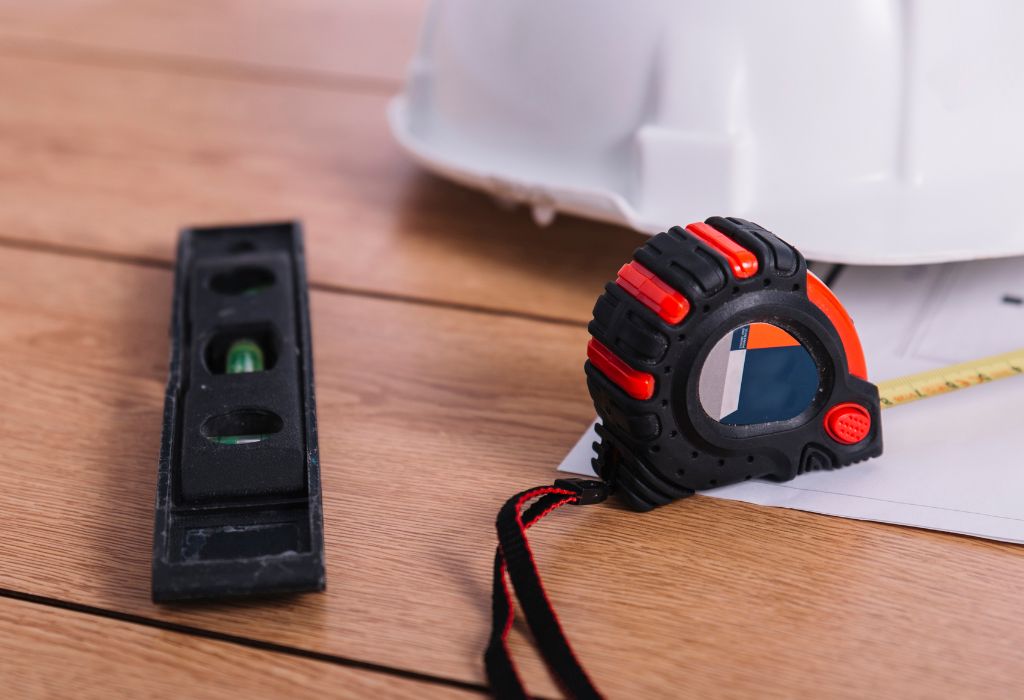
Deep scan mode is designed for challenging surfaces such as plaster, stone, and tile.
It increases the sensitivity of electronic stud finders to detect through denser materials.
When activated, deep scan can penetrate additional layers and provide more reliable results on tile-covered walls.
However, accuracy may still vary depending on tile thickness and wall composition.
Calibration is especially important in deep scan mode, as incorrect setup can produce errors.
Users should always calibrate on a bare section of wall if possible.
While deep scan consumes more battery power, it is essential for anyone working on tiled walls.
It makes a significant difference compared to standard scanning modes.
What is deep scan mode?
A feature that increases penetration for dense surfaces.
Do all stud finders include deep scan?
No, only advanced models offer it.
Does deep scan work on porcelain tile?
Yes, though with reduced accuracy.
Is calibration required?
Yes, always calibrate for best results.
Does deep scan use more power?
Yes, it drains batteries faster.
Alternative Ways to Find Studs Behind Tile
Measuring is one of the simplest alternatives since most studs are spaced 16 or 24 inches apart.
Starting from a corner or an outlet, measurements can help approximate stud positions.
Electrical outlets are typically anchored to studs.
By locating an outlet, users can trace the stud line upwards.
Tapping the wall can sometimes help distinguish hollow areas from solid ones, but this method is less effective with tile surfaces.
Tile density reduces sound variation, making it hard to interpret results.
Advanced alternatives include infrared cameras or borescopes.
These tools provide direct or thermal evidence of stud placement behind tiled walls.
Can measuring find studs accurately?
Yes, it gives a strong approximation.
Why use outlets as guides?
They are usually fixed to studs.
Does tapping work well?
Not reliably on tile.
What about infrared cameras?
They can detect stud patterns.
Are borescopes useful?
Yes, they give direct visual confirmation.
Safety Concerns When Drilling Through Tile
Drilling through tile carries the risk of cracking or shattering the surface if done incorrectly.
Using improper drill bits or excessive pressure increases this risk dramatically.
Hidden wires or pipes behind tiled walls pose another danger.
Accidentally drilling into them can cause electrical hazards or water leaks.
The safest approach is to use carbide or diamond-tipped drill bits specifically designed for tile.
These bits cut cleanly without causing fractures.
Applying painter’s tape over the drilling area helps prevent slippage.
This simple precaution reduces the chance of cracks starting at the edges.
Can tile crack when drilling?
Yes, without proper tools or care.
Do stud finders detect wiring?
Many advanced models can.
Should special bits be used?
Yes, carbide or diamond bits are best.
Is drilling near pipes safe?
No, it risks major damage.
How can cracking be avoided?
Use tape and correct drilling techniques.
Best Stud Finders for Tile in 2025
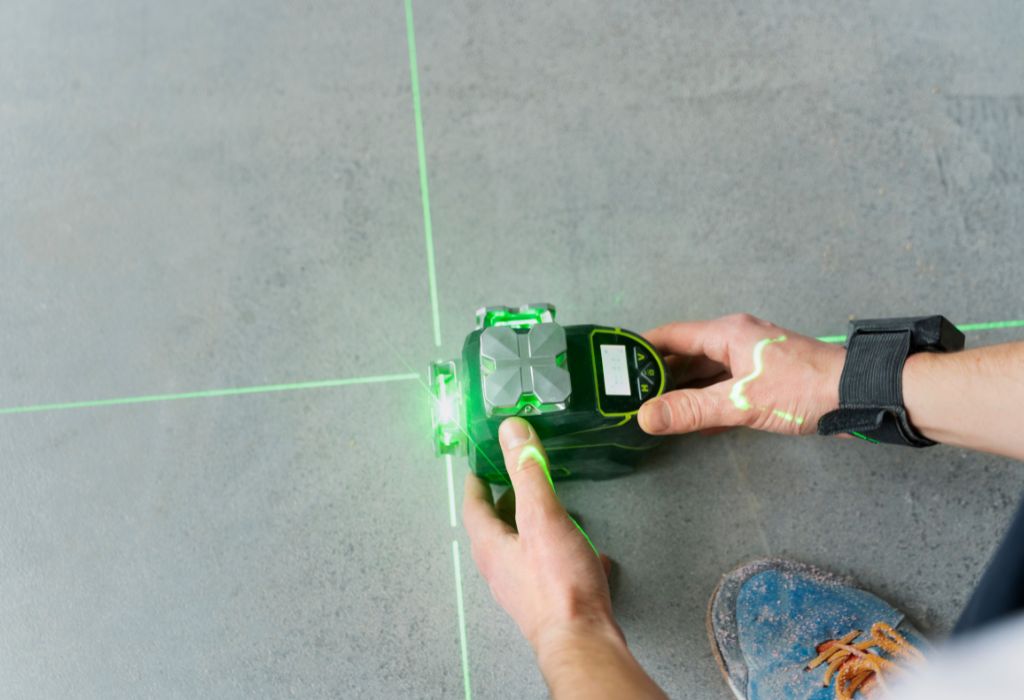
Modern stud finders designed for tile include deep scan, wire detection, and LCD displays.
These features improve accuracy on dense wall surfaces.
Brands such as Zircon, Bosch, and Franklin Sensors lead the market in advanced stud detection tools.
Their models are recommended for professional and DIY users alike.
Premium models are more expensive but worth the investment for repeated tile projects.
Budget stud finders often fail to detect studs reliably behind tile.
Homeowners who frequently work with tiled walls should prioritize electronic stud finders with deep scan.
This ensures both accuracy and safety when drilling.
What features matter most?
Deep scan, wire detection, and LCD display.
Are premium models worth it?
Yes, for frequent or critical projects.
Do cheap stud finders work on tile?
Not reliably.
Which brands are best?
Zircon, Bosch, and Franklin Sensors.
Should DIYers invest in pro tools?
Yes, for repeated tile installations.
Conclusion
Stud finders can work through tile, but performance depends on the type of tile, thickness, and backing material.
Porcelain tiles are the hardest to scan, while ceramic tiles are somewhat easier.
Electronic stud finders with deep scan features are the most effective choice.
Magnetic stud finders should be avoided for tiled surfaces.
Alternative methods such as measuring, checking outlets, or using advanced tools help confirm stud locations.
Safety precautions like using the correct drill bits and checking for wiring are equally important.
Final advice: invest in a quality electronic stud finder, calibrate it carefully, and combine detection methods to ensure safe and accurate drilling through tile.

I’m Michael R. Turner, the founder, lead writer, and passionate DIY enthusiast behind 101diytools.com. With years of hands-on experience in home improvement and power tools, I built this platform to share practical tips, in-depth guides, and honest reviews to help DIYers of all skill levels tackle projects with confidence and the right tools.


